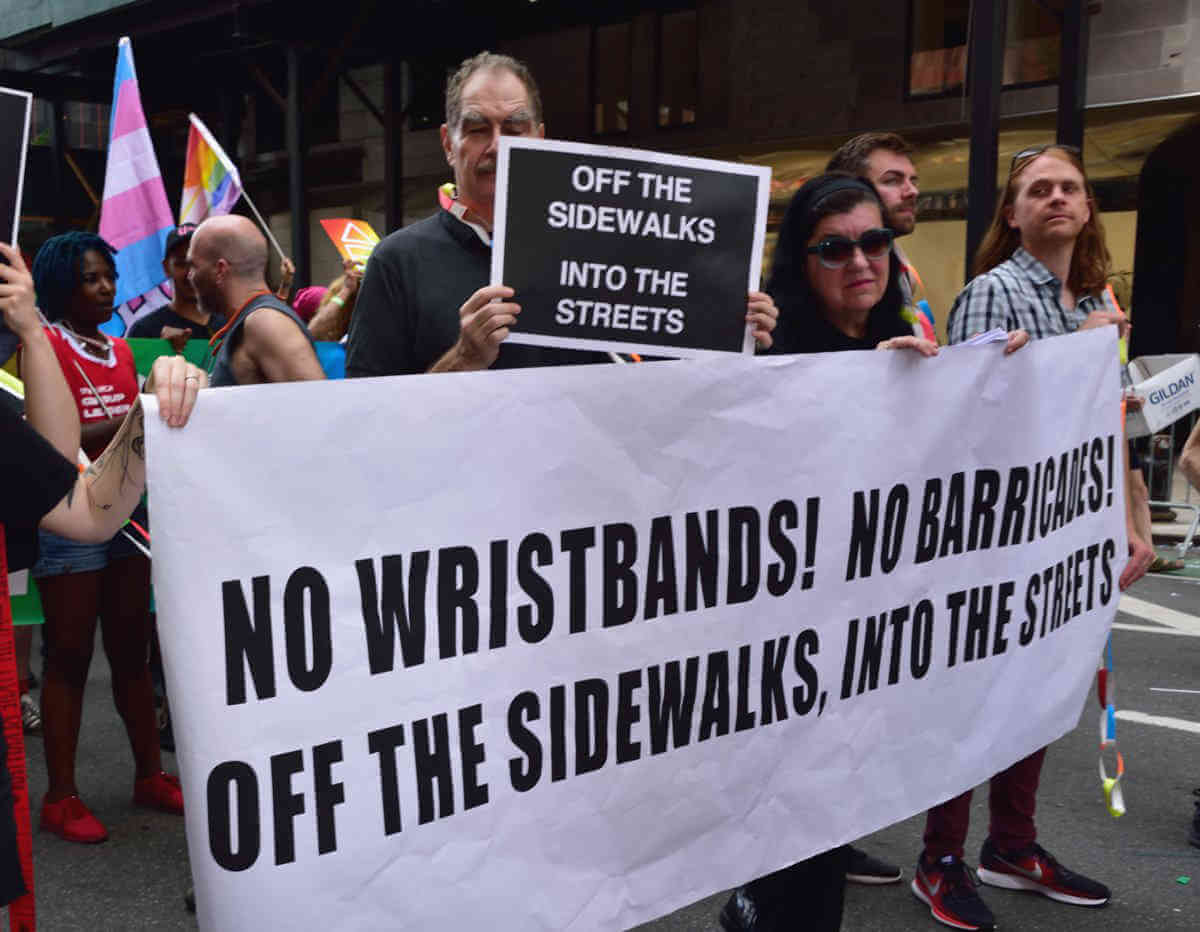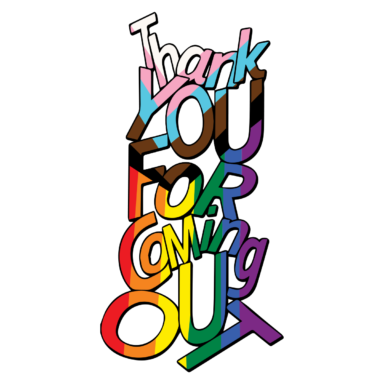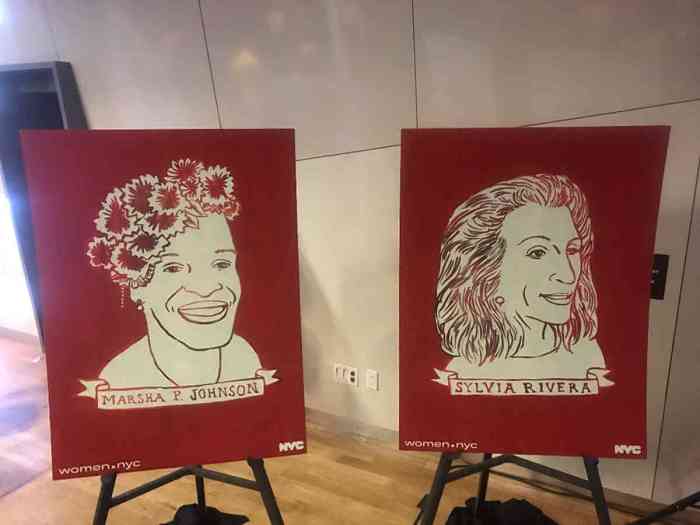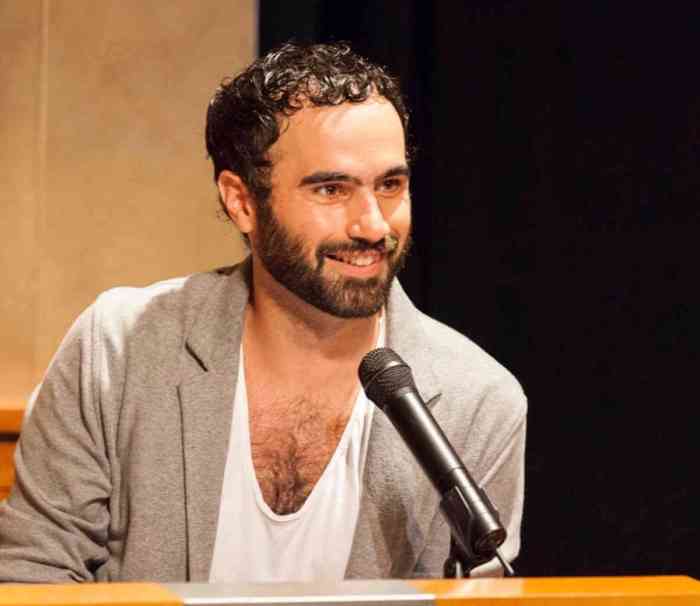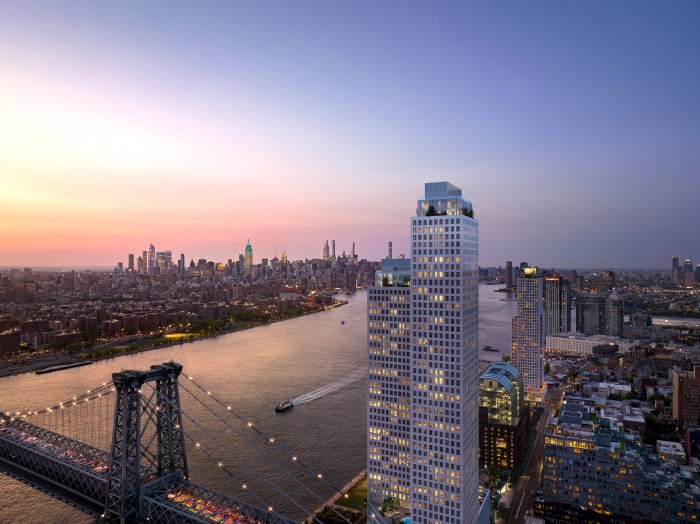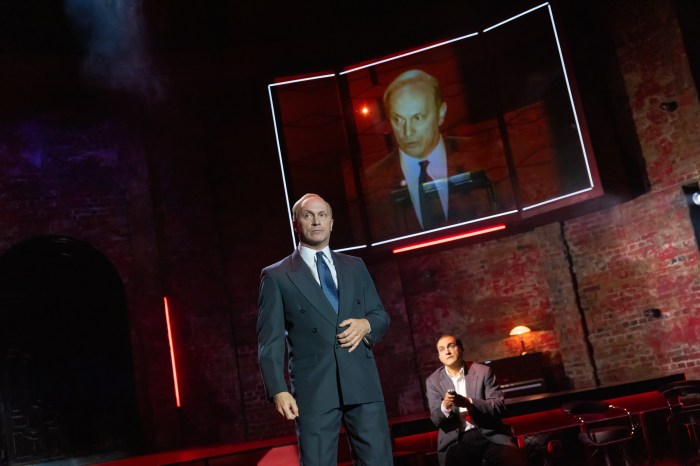The organization that produces New York City’s annual Pride Parade and related events is seeking a city permit for the parade that uses the controversial route that was first used in 2018 to reduce the parade’s running time, but failed to do that.
“We are keeping the 2018 grandstand space,” said Zoe Gorringe, Heritage of Pride’s march coordinator, during a January 15 meeting of the HOP committee that organizes and executes the parade. “Right now we’re planning based on the 2018 route.”
Last year’s march was staged in Chelsea with contingents gathering on the blocks from 15th Street to 19th Street and between Seventh and Ninth Avenues. Expecting a larger march this year for the 50th anniversary of the Stonewall riots, HOP is asking to add an additional three blocks in Chelsea heading north so the staging areas will be from 15th Street to 22nd Street if the group gets its permit, which is likely.
The march route heads south on Seventh Avenue, with the grandstand in the small park at 12th Street, turns left on Christopher Street and past the Stonewall Inn, the site of the 1969 riots that mark the start of the modern LGBTQ rights movement, then continues east on Eighth Street and then north on Fifth Avenue to end at 29th Street.
The march, which occurs on the last Sunday in June and commemorates the Stonewall riots, was controversial last year because it was seen as largely unconnected from the community’s history except for going by the Stonewall Inn. Other than the 1994 march, which marked the 25th anniversary of the Stonewall riots, the march has typically begun or ended in the West Village, which was the center of LGBTQ life in New York City for decades.
Both Chelsea residents and some LGBTQ community members were angered because HOP announced the new march route in spring 2018 after holding internal conversations and discussions about the route with city agencies for more than a year.
The purpose of the new route was to reduce the march’s duration, which it did not do. The march begins at noon and the 2018 parade ended at 9:14 p.m., which was just 24 minutes shorter than the 2017 march. The parades in 2016 and 2015 were both over eight hours long.
HOP filed for its march permit in July 2018 and it has not yet received it. Like last year, it has also not discussed the expanded staging area with Chelsea residents, Community Board 4, which includes Chelsea, elected officials, or the wider LGBTQ community.
“We understand the importance of this year’s march,” said Paul Groncki, the chair of the 100 West 16th St. Block Association. “We can’t believe that after last year’s test failed as far as the [LGBTQ] community is concerned that they’re going to try and do a bigger march with almost the same footprint, and I can’t believe that they haven’t come to the community to talk about this yet again… It is incomprehensible to me that they can’t show us the same respect that they demand we show them.”
The LGBTQ activists who were the most vocal opponents of the 2018 route and HOP’s engagement with the broader community are seeking a permit for their own march on Sixth Avenue from the West Village to Central Park, where they will hold a rally on the Great Lawn. Activists met with the city parks department on December 13. That group, organized as the Reclaim Pride Coalition, sees itself as the authentic voice of the Stonewall riots, and their march and rally plans match what was done in 1970, the first commemoration of the riots. Ann Northrop, a coalition member, declined to comment on HOP’s plans as the coalition has already gone its own way.
Some LGBTQ community activists have been battling with HOP for several years over allowing a contingent of Gays Against Guns into the 2016 march to respond to the killings of 49 people in Orlando’s Pulse nightclub just weeks before and resistance contingents in the 2017 and 2018 marches to respond to Donald Trump winning the White House. Activists have also sought a reduced police and corporate presence in the parade. While the parade sponsors, which are typically large corporations, are a dominant presence with large floats and contingents, the great majority of contingents are small groups and non-profits. The complaints about the corporate presence are longstanding.
To date in 2019, more than 285 groups have registered and 90 percent are non-profits, Gorringe said at the meeting, which was held at the LGBT Community Center. Four percent are universities, one percent are small businesses, and five percent are sponsors and corporations.
Last year, activists objected to marchers being required to wear wristbands. That requirement has been dropped, which drew loud applause from the roughly 50 HOP volunteers and members at the meeting. Contingents are limited to 400 people, but that is a guideline, not a rule.
“It’s not a hard and fast limit,” Gorringe said. “We’re not setting real hard lines in the sand.”


